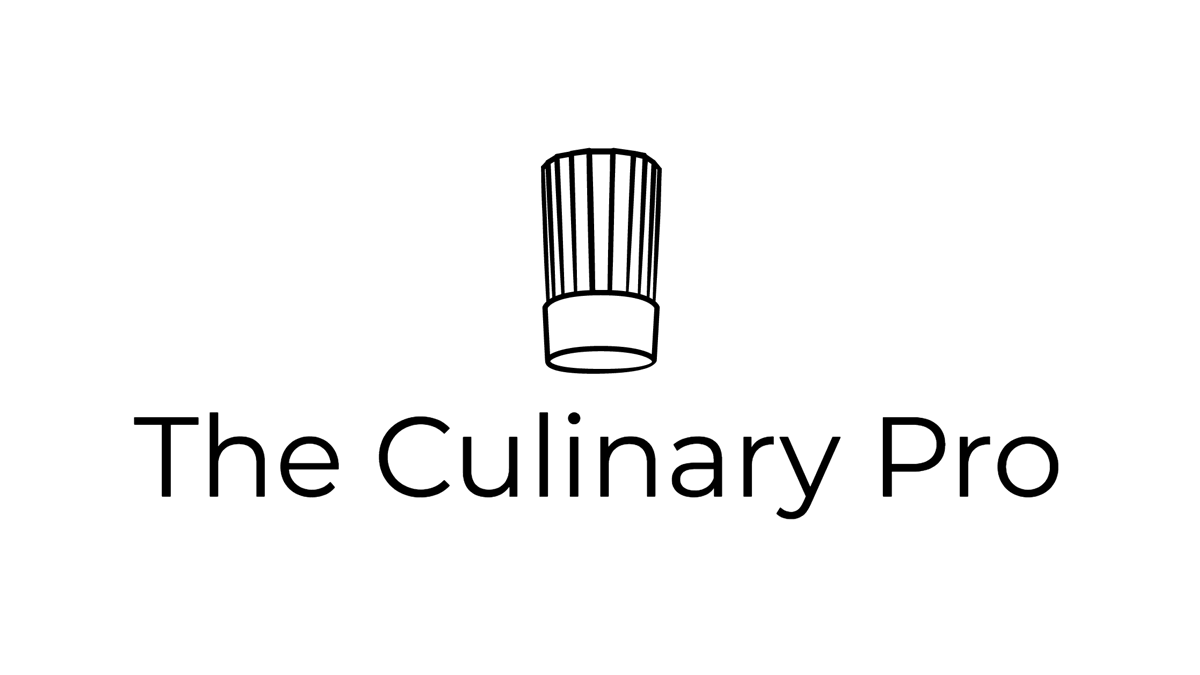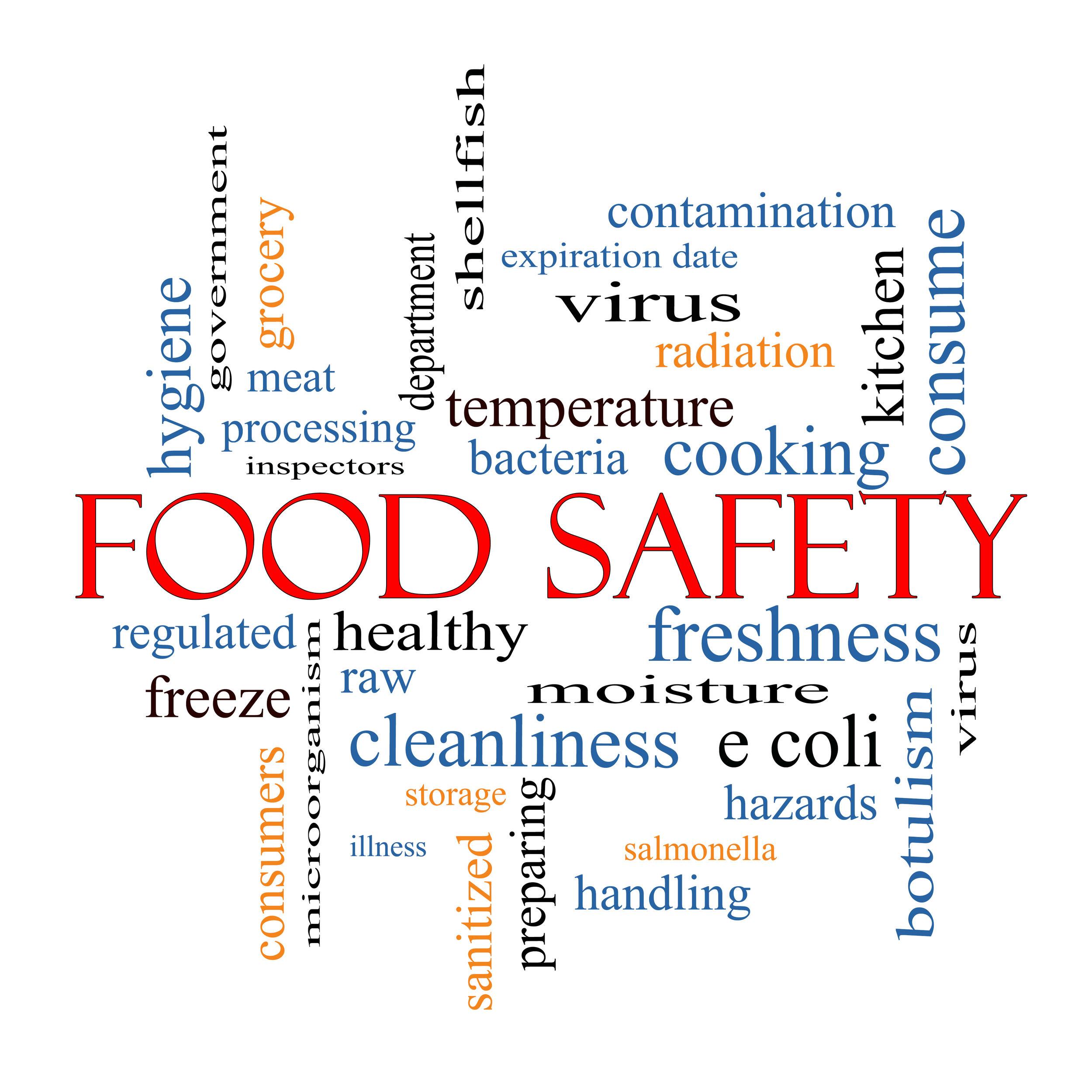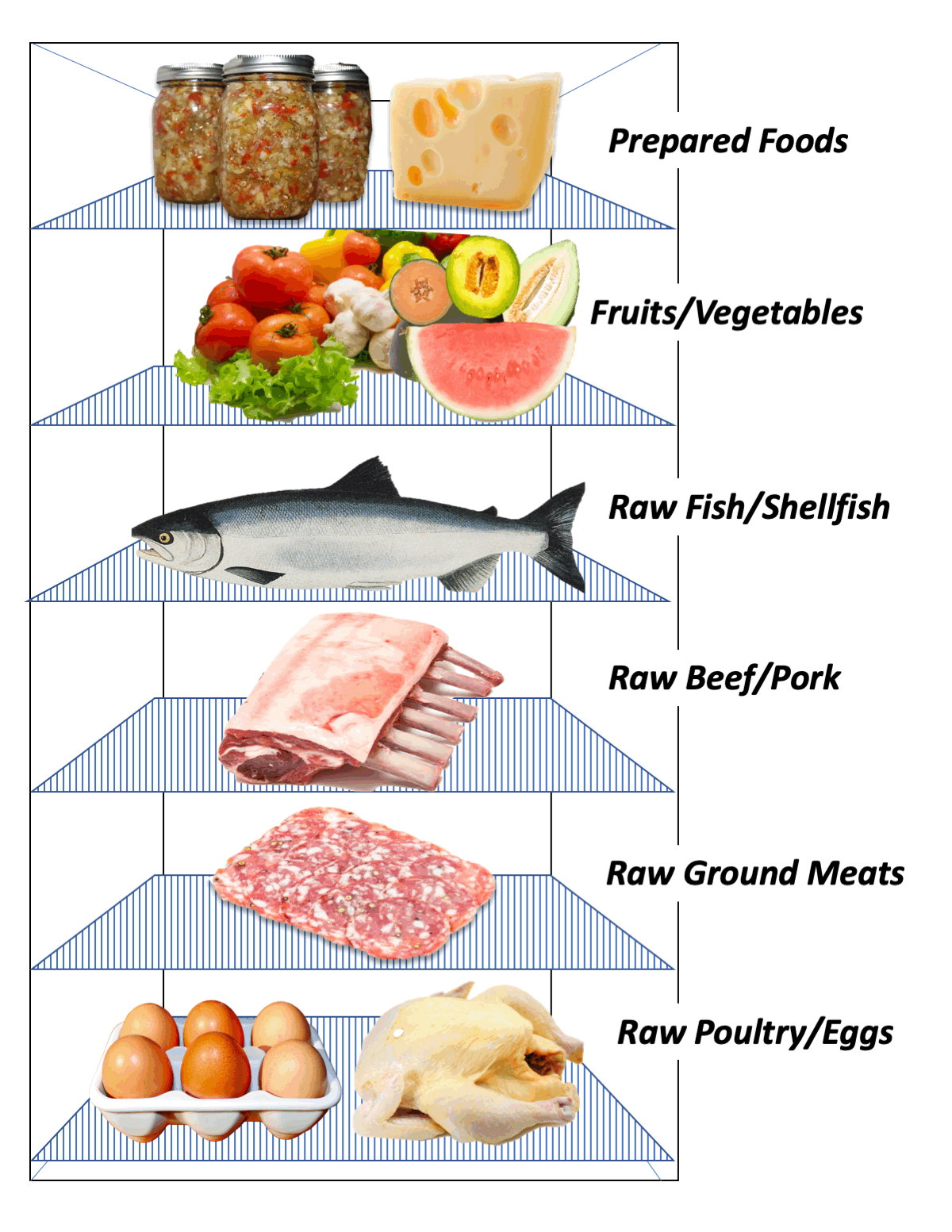Foodservice Sanitation
Providing safe food requires careful attention from everyone in a foodservice establishment because improperly prepared food can be dangerous for customers and costly to the business. Mistakes are often made because of time pressures in the kitchen, lack of awareness about the safe handling of food procedures, or general disregard for maintaining a clean environment. Safe food handling requires knowledge of food hazards, understanding how to handle and store foods safely, and practicing good sanitation habits to minimize and eliminate potential risks.
Types of Food Hazards
Three types of food hazards occur in a foodservice operation, including chemical hazards (cleaning solutions and sanitizers), physical hazards (foreign particles like glass and metal), and biological hazards (bacteria, viruses, parasites, and fungi). Of these three, biological hazards present the most common problems related to food safety because foods containing microorganisms called pathogens, or toxins created from them, when given the right environment, can contaminate foods and cause foodborne illnesses. Many of these pathogens cannot be seen, smelled, or tasted.
Bacteria—The most common threats to food safety are single-celled organisms known as bacteria. Some favorable bacteria are used in the production of dairy products and pickles. Others are infectious disease-causing agents that multiply rapidly in perishable foods under the right conditions. Some bacteria are not infectious but produce and release toxins that cause illness.
Viruses—These small and simple life forms cannot survive outside a living host cell but can survive on inanimate objects, including door handles and foodservice equipment. Resistant to extremes in hot and cold, viruses once established in food use it as a transportation device. Hepatitis A and Norovirus are two common food viruses.
Parasites - Trichinella Spiralis (trichinosis), found in pork, and Anisakis roundworm in fish, are parasites that need a host to survive. Proper cooking kills some of these parasites.
Fungi—Molds and yeasts are types of fungi that affect foods. Some molds and yeasts are beneficial, others cause food spoilage, and some have dangerous toxic effects.
Foodborne Illnesses
Foodborne illnesses sicken people through diseases transmitted via food. The most common practices contributing to foodborne illnesses include receiving foods from unsafe sources, time and temperature abuse, poor personal hygiene, and contaminated equipment (also known as cross-contamination). More than one of these conditions is often present in a foodborne illness outbreak.
Receiving Food from Unsafe Food Sources- Foods can be contaminated anywhere in the supply chain, so it’s essential to know the integrity of the food supplier. Food recalls from meat packers, cheese manufacturers, food processors, and even fresh produce companies occur regularly. Approved food suppliers must meet state or federal food processing, and inspection standards, and “homemade” foods should never be used in a commercial foodservice operation.
Poor Personal Hygiene—Employees who do not practice proper personal hygiene can contaminate foods and spread diseases to customers by failing to wash their hands properly after going to the bathroom, handling potentially hazardous foods (raw meats, poultry, and fish), and not washing their hands, coming to work sick, coughing or sneezing on food, touching or scratching wounds, and then handling food.
Time and Temperature Abuse – Certain categories of foods are known to be more potentially dangerous and must be time and temperature-controlled for safety. These foods, known as TCS (time/temperature control for safety), include milk and dairy products, meats, poultry, fish and shellfish, eggs, baked potatoes, cooked rice, beans, and vegetables, tofu, and soy protein, sprouts and sprout seeds, sliced melons, and diced tomatoes, and garlic-and-oil mixtures. Foods that have not been cooked to the proper degree of doneness, are held at inadequate temperatures, or have not been appropriately reheated will promote the growth of foodborne pathogens.
Cross-Contamination—Cross-contamination occurs when improperly cooked foods are comeled without adequate cooking, when TCS foods (raw meats, poultry, fish) contaminate ready-to-eat foods like salads, through improperly sanitized equipment used for preparing different types of foods (raw meats and lettuces), or when contaminated towels touch food equipment.
Cold Food Storage Guidelines
Color Coded Cutting Boards
Color-coded cutting boards with different food categories are available to reduce the risk of cross-contamination (red for meat, yellow for poultry, blue for fish, and green for vegetables). While there is no substitute for proper cleaning and sanitizing, color-coded boards reduce the risk of cross-contamination and allergic reactions to certain foods.
Contaminated Equipment – Equipment and food preparation surfaces that are not appropriately cleaned can contaminate foods. Training employees to wash and sanitize work surfaces, tools, and smallwares will prevent this problem.
FAT TOM
Pathogens need the following six conditions to multiply, known by the term FAT TOM, for food, acidity, temperature, time, oxygen, and moisture.
What is PH?
pH is the degree of acidity or alkalinity (base) of a substance, measured on a scale from 0 to 14.0. A neutral environment is measured at a 7.0 pH level. Foods below 7.0 pH are acidic, and those above are alkaline. Most bacteria will not grow at pH below 4.6 because the environment is too acidic.
The Danger Zone
Temperature abuse is a significant threat to food safety. Cooking, cooling, and storing foods properly can avoid many food-borne illnesses.
Although some bacteria can survive in hotter and colder temperatures than humans, most do best in a warm, moist, protein-rich environment that is pH neutral or low in acid.
Cook foods to the correct degree of doneness
Cool hot foods rapidly
Store foods, whether hot or cold, in the correct temperature zone
Reheat foods to the correct temperature in the shortest time possible





